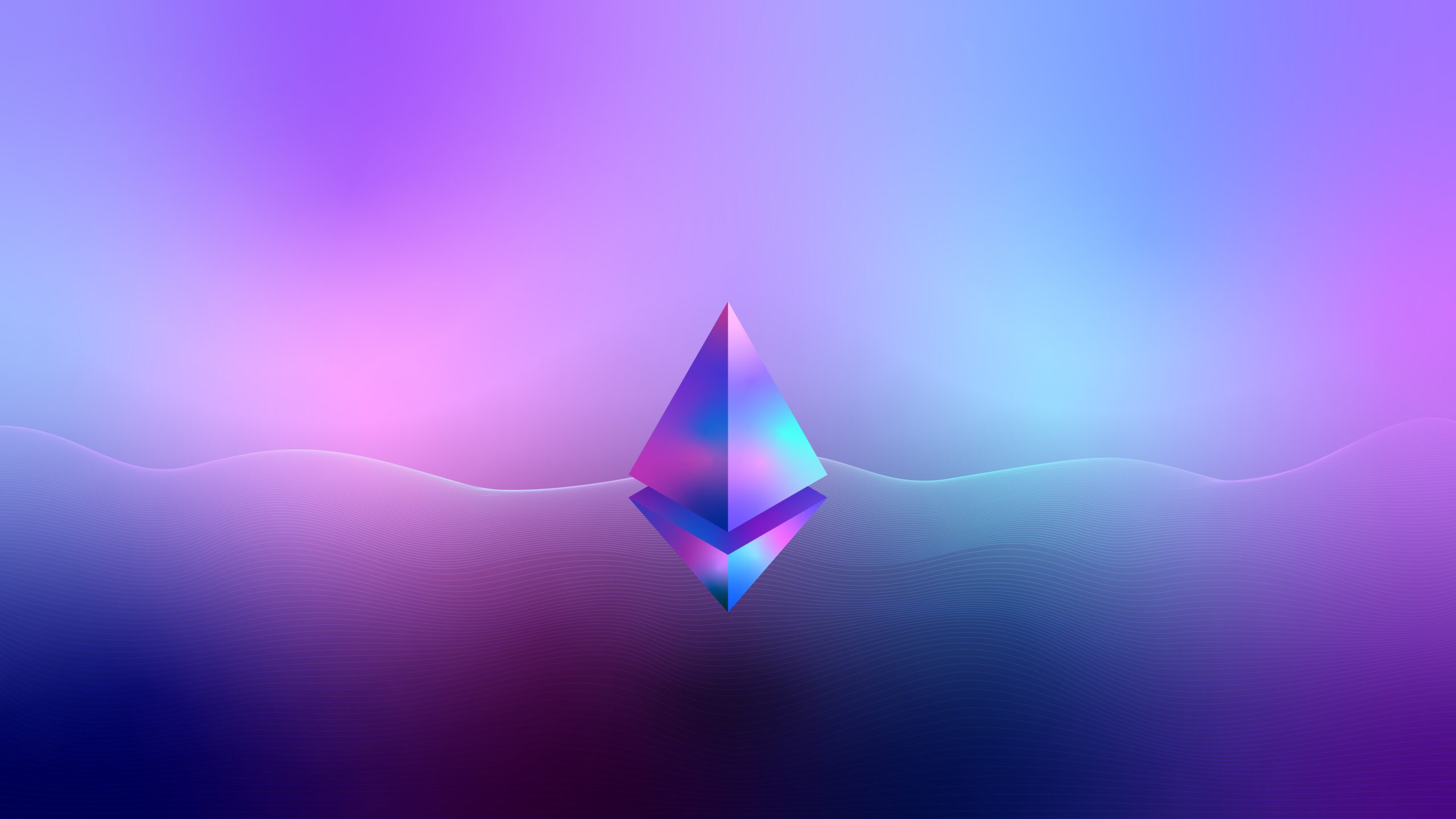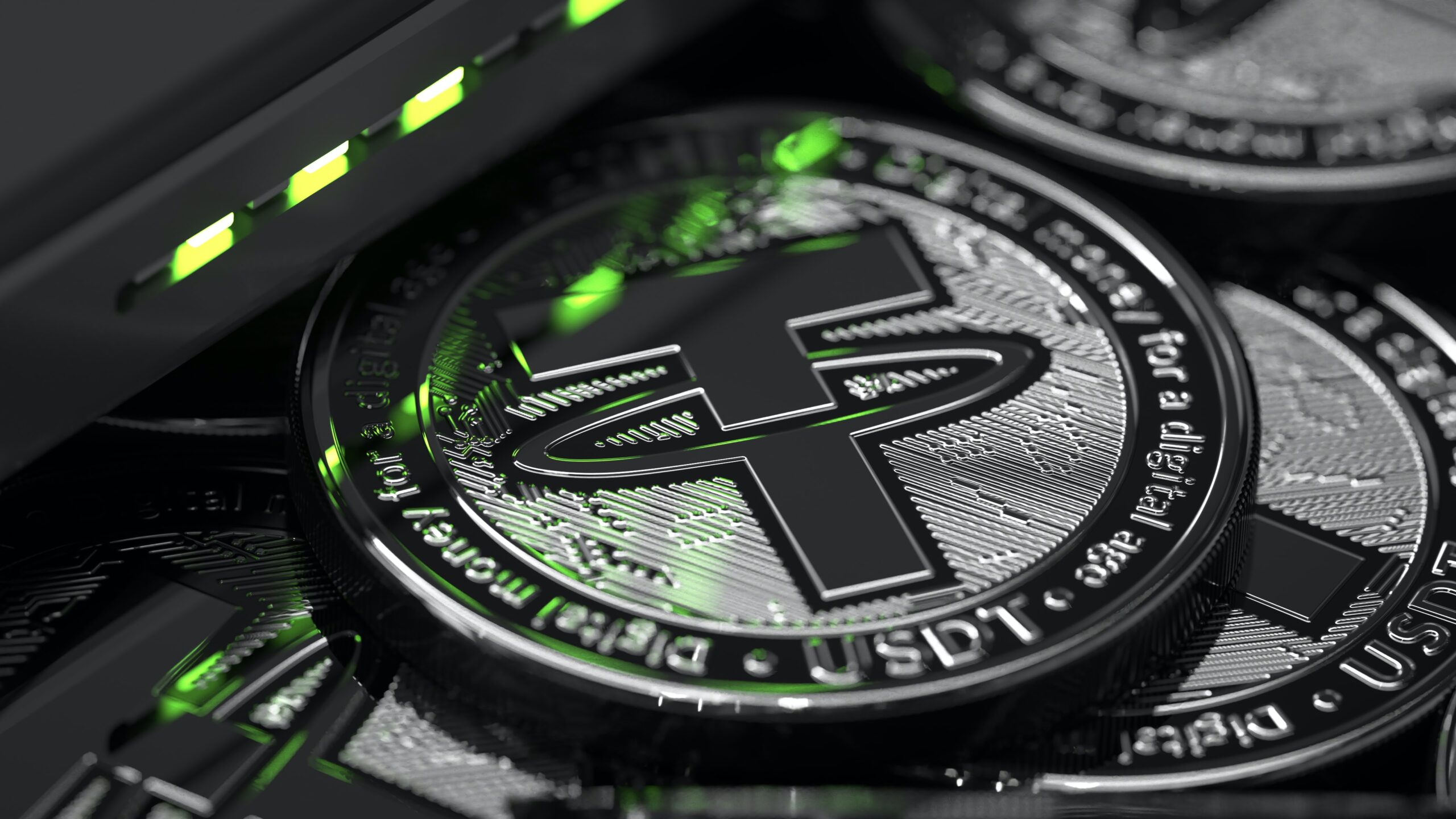After some delays and much anguish, the upcoming “Ethereum Merge” is set to happen. Bellatrix, the first stage of this process, happened on September 6th. Yet one question on millions of minds across the world remains: When is the Ethereum merge?
Paris, the second and final stage, is set to be complete by the next week, likely around September 15th. After this French foray, Ethereum – the world’s second-largest currency following Bitcoin – shall fundamentally change from its very core. Meaning, its blockchain “proof of” protocol shall shift from Bitcoin’s original proof of work to the new, more centralized, and extremely energy efficient, proof of stake.
The waves of change coming from the behemoth that is Ethereum shall not only shape the future of cryptocurrencies, but of finance itself in a time of “Web3” as retail investors across the world have joined in through massive crypto exchanges like Binance or Coinbase. First, let’s get into the basics of Ethereum, the jargon, and then some of the changes we can all expect.
How Blockchain Works
When investors and crypto enthusiasts throw around the term “blockchain,” they’re referring to the engine driving a coin itself. It’s an immutable public ledger, decentralized and democratized.
In contrast, a centralized ledger of traditional banks or gambling parlors retained this information, but privately. And therein lies the problem – trust. This method forced consumers to trust an institution’s efficiency, integrity, and infallibility.
Instead, the block of each blockchain contains records of transactions for time immemorial, decentralized for the benefit and trust of the general public. The same public maintains any blockchain’s integrity through what’s known as a consensus mechanism.
The Consensus Mechanism
Unlike a centralized ledger, a consensus mechanism follows the tradition of a democratic parliament. A simple majority (51% or more) changes the accepted blockchain, or the blockchain which everyone agrees is true.
Yet with the “miners” or “stakers” (validators) across the world incentivized to take part in the blockchain’s validation process by way of additional income, a single bad actor would need an absurd amount of energy and processing power.
This formed the backbone of proof of work’s astounding success, although the energy consumption feels crippling in a time of rampant global warming and record heat waves. Proof of stake solves this issue.
Proof of Stake
This new consensus mechanism requests that crypto holders deposit their own digital assets as collateral for the opportunity to have their transaction record (their copy of the blockchain to date) used by the blockchain as parts of its goings on. In return, the holders of those deposits, or staked assets, receive rewards.
Proof of stake relies upon mathematical randomness and the power of groups. Stakers are selected randomly, although higher stake amounts add to any one staker’s chances. Therefore, the mechanism requires multiple stakers to verify any one transaction before it becomes blockchain canon.
When Is the Ethereum Merge?
Bellatrix served to prepare Ethereum for its merge by acting as its “hard fork.” This translates into a radical change requiring all Ethereum actors and users to upgrade to the latest protocol software.
Specifically, it prepared the consensus layer of the cryptocurrency for a merge with its execution layer. That merge is what we call “the Ethereum merge.”
Paris occurs when the Terminal Total Difficulty (TTD) reaches 58,750,000,000,000,000,000,000. This figure represents the cumulative total difficulty of all mined Ethereum blocks under the proof of work consensus mechanism.
After hitting this difficulty, mining, or solving the next hash puzzle for the next block, becomes impossible. And thus proof of stake takes over like a default recourse.
So to answer the question – when is the Ethereum merge? – predictions suggest September 15th on the dot.
Bottom Line
Shifting to proof of stake is necessary due to crypto’s increasing regulation in a world suffering from overheating. Critics argue that the difficult hash puzzle remains the most secure blockchain invention to date. However, a stake-based mechanism succeeds in getting the job done while eliminating over 99.9% of the current energy usage and laying the groundwork for a similarly massive decrease in transaction fees through another process dubbed “sharding.”
In our next article we will describe the benefits of staking and the world changing benefits of the second largest cryptocurrency switching to it. These implications stretch from an increased price valuation to the removal of all mediums of exchange consuming far too much energy, be they crypto or fiat.
Disclaimer: The author of this text, Jean Chalopin, is a global business leader with a background encompassing banking, biotech, and entertainment. Mr. Chalopin is Chairman of Deltec International Group, www.deltecbank.com.
The co-author of this text, Conor Scott, CFA, has been active in the wealth management industry since 2012, continuously researching the latest developments affecting portfolio management and cryptocurrency. Mr. Scott is a Freelance Writer for Deltec International Group, www.deltecbank.com.
The views, thoughts, and opinions expressed in this text are solely the views of the authors, and do not necessarily reflect those of Deltec International Group, its subsidiaries, and/or its employees. This information should not be interpreted as an endorsement of cryptocurrency or any specific provider, service, or offering. It is not a recommendation to trade.

